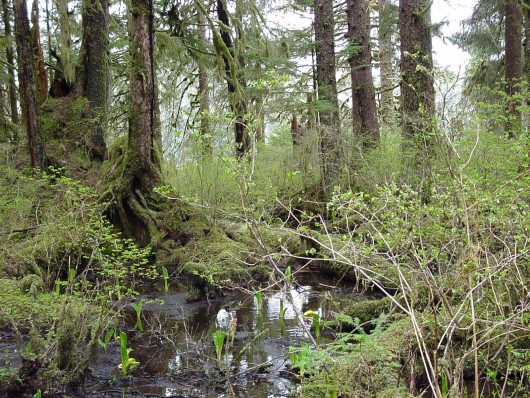SEATTLE (AP) — The U.S. Forest Service said Thursday it is extending the period for the public to weigh in on a proposal that would make permanent new rules on commercial video and photography in the nation’s wildest areas.
Under the plan, the agency said it would consider the nature of a proposed project before approving a special-use permit and charge fees of up to $1,500 for commercial filming and photography in federally designated wilderness areas.
Press advocates have criticized the rules as a violation of the First Amendment, saying it raises concerns about press freedom.
The plan “is a good faith effort to ensure the fullest protection of America’s wild places” and has been in place for more than four years, Forest Service spokesman Larry Chambers said in a statement Thursday.
The agency, which manages nearly 190 million acres of public lands in national forests and grasslands, including 439 wilderness areas, said it will set up public meetings. The comment period has been extended through Dec. 3.
Press advocates and others criticize the plan for failing to make a distinction between editorial and commercial uses, and leaving it up to the Forest Service to decide what should and shouldn’t be filmed or photographed.
Under the rules, permit applications would be evaluated based on several criteria, including whether it spreads information about the enjoyment or use of wilderness or its ecological, geological, scientific, educational, scenic or historical values; helps preserve the wilderness character; and doesn’t advertise products or services. Officials also would consider whether other suitable film sites are available outside the wilderness.
“It is also very troubling that journalists could be held to different standards at the discretion of the issuing officer depending on the content of their stories and its relevance to wilderness activity,” U.S. Rep. Greg Walden, a Republican from Oregon who used to own radio stations in the state, wrote the agency Thursday.
An email and call to the Forest Service with follow-up questions was not immediately returned Thursday.
“It’s important to protect wilderness areas, but it’s got to be done in a way that applies common sense,” Paul Spitler, director of wilderness campaigns for The Wilderness Society, said Thursday. “Film and photography are a great way to teach people about the values of wilderness.”
Andy Stahl, executive director of Forest Service Employees for Environmental Ethics based in Eugene, Oregon, said the problem has its roots in a 2000 law that says the Forest Service and others agencies “shall require a permit” and collect a reasonable fee for commercial filming activities.
As the agency tries to reconcile that law with the Wilderness Act, which bars commercial enterprises in wilderness, it finds itself trying to regulate the content of filming in wilderness, said Stahl in an interview Wednesday.
The commercial-enterprise prohibition was not intended to apply to news media, he said. “That’s not what Congress was trying to protect wilderness from,” Stahl said.
George Nickas, executive director of the Montana-based Wilderness Watch, said the Wilderness Act is unequivocal about prohibiting commercial enterprise in wilderness and that needs to be maintained.
“I’m not going to figure out what is commercial and what isn’t, but once the agency makes that determination, then they’re obligated to prohibit it by law,” he said in an interview Wednesday.
The problem with the proposal, he said, is that it ignores that the Wilderness Act prohibits commercial enterprise and seeks to allow it, and because of that, the agency gets into this “very murky area of trying to define what is appropriate media.”






